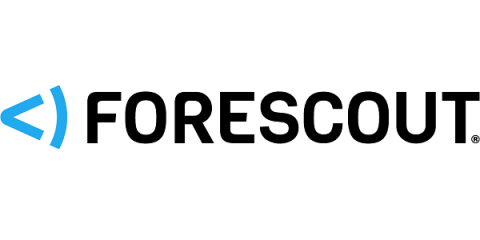Zero-trust model, adoption and maintenance in corporate environments: a turning point
Digital transformation has accelerated and zero-trust architecture has helped businesses invest in more advanced technologies without the risk of advanced cyberattacks. According to WatchGuard’s Pulse survey of 100 IT and security executives, a zero-trust framework stimulates digital transformation for companies, as stated by 6 out of 10 respondents (59%).







